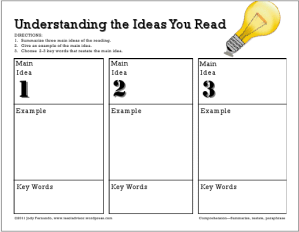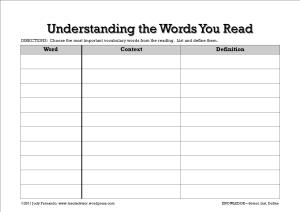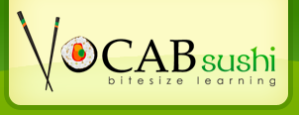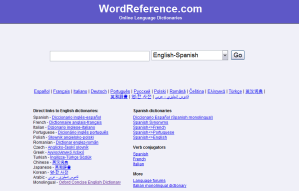 Some teachers prefer to ditch the textbook for more ‘creative’ endeavors. I am personally a fan of textbooks (with appropriate supplements here and there) because they provide an overarching picture of what a student learns. But what’s a teacher – creative or not - to do when there is no textbook? In such situations, some teachers may jump from random topic to random topic, frustrating even themselves for lack of clarity and direction.
Some teachers prefer to ditch the textbook for more ‘creative’ endeavors. I am personally a fan of textbooks (with appropriate supplements here and there) because they provide an overarching picture of what a student learns. But what’s a teacher – creative or not - to do when there is no textbook? In such situations, some teachers may jump from random topic to random topic, frustrating even themselves for lack of clarity and direction.
So where do you start if you’re in the boat without a book?[1]
Student Knowledge
- What do your students know? Determine an approximate level (beginner, intermediate, advanced).
- What do your students need to know? Pay particular attention to the kind of language skills the have – reading, writing, speaking, listening – over the specific knowledge they possess.
- Why are your students learning English? What kind of English do they need? Teaching English for university preparation will look very different than teaching conversational English to children.
- How are students accustomed to learning? Trying to impose a great deal of group work on children more used to rote drills will be challenging. Make an effort to work within some of the context of the culture you’re teaching in so that the method doesn’t distract the students from the content.
Resources
- How much time do you have to teach and plan?
- How many other materials (including copiers, chalkboards, etc.) are available?
- What kind of training do the teachers around you have?
So now that you know where you are, what do you actually do?
- Determine the ‘big topics’ of what you will teach of the entire course. Students learn better when topics are loosely associated with each other (for example: teach transportation modes together, teach food/restaurant vocab at the same time, etc.). Topics will be influenced heavily by your answers to the questions above regarding student knowledge. Some of these books may be helpful in the process.
- Break down the big topics into smaller chunks and determine what type of grammar might pair well with the topics.
- Focus first on practical language! Teaching obscure vocabulary and minute grammar points (unless it's appropriate for the type of class you're teaching) will only serve to frustrate everyone. Make an effort to teach language skills – reading, writing, teaching, listening – evenly throughout the class. Read Examples of language focused learning for some suggestions of activities that help do this.
- Don’t forget to assess what the students are learning.














